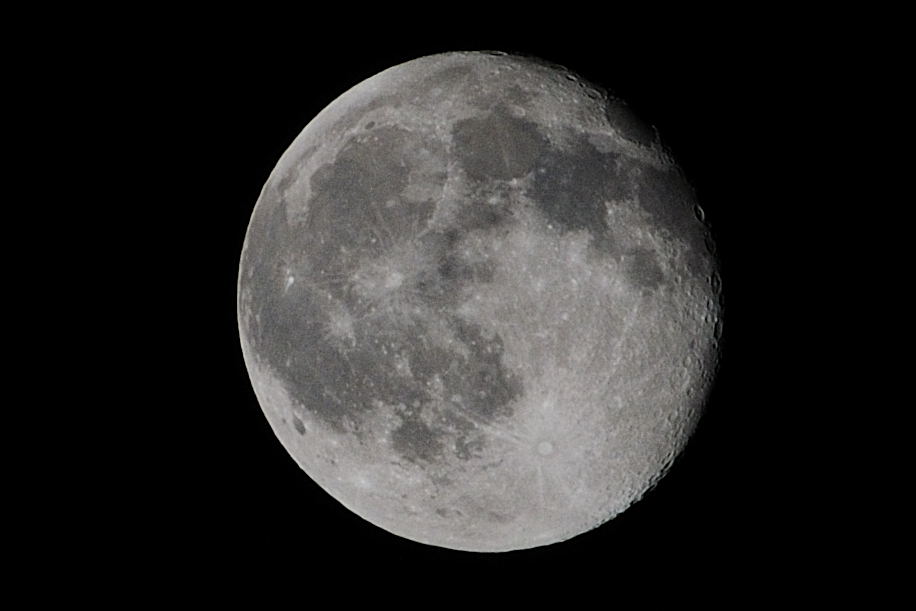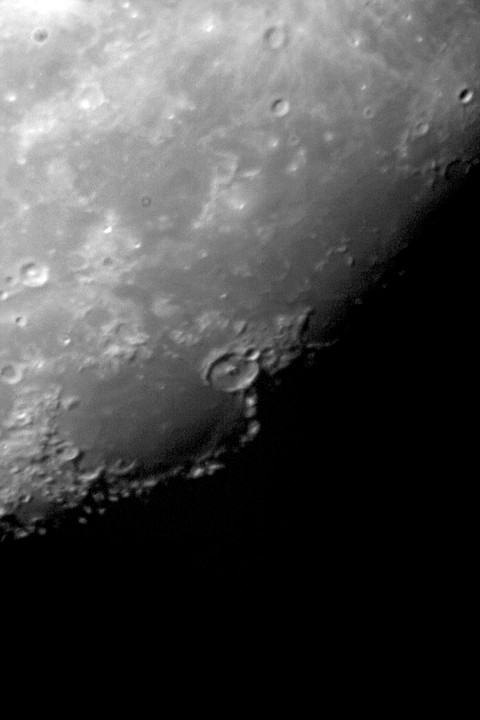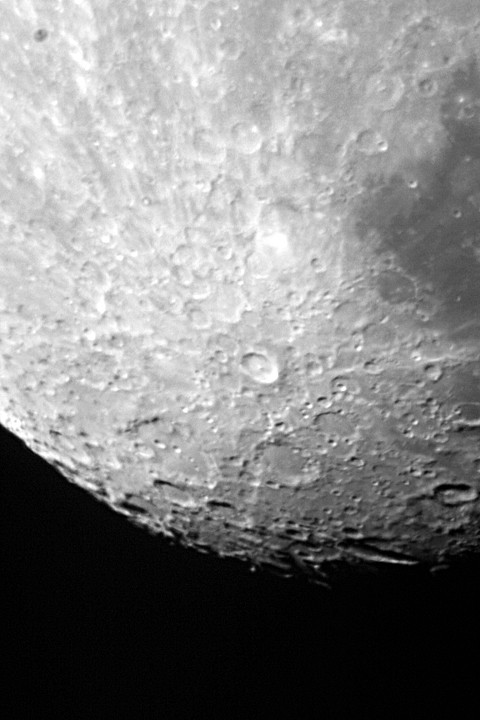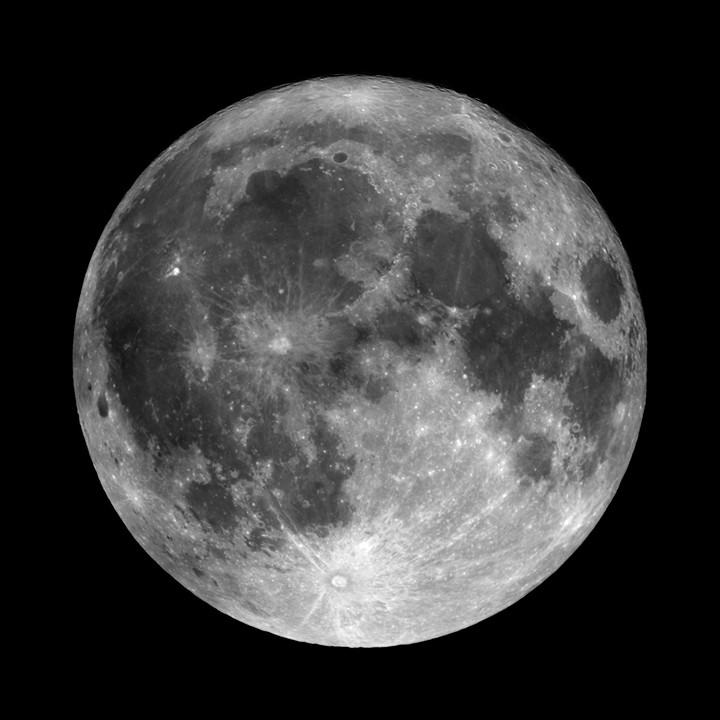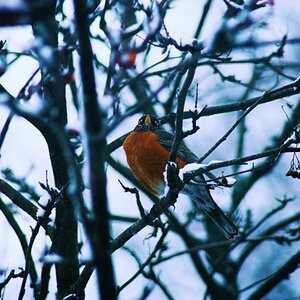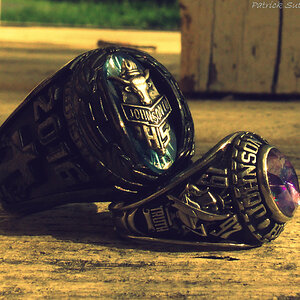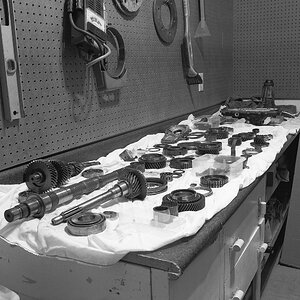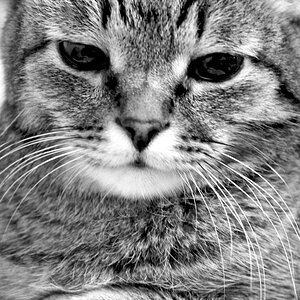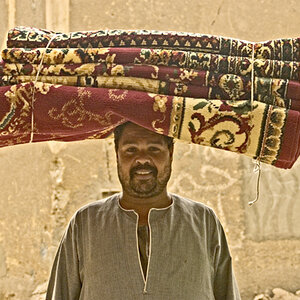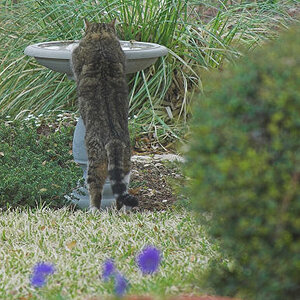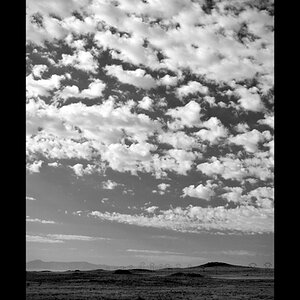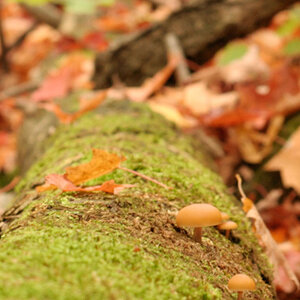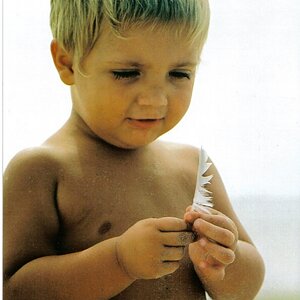BennerPhoto
TPF Noob!
- Joined
- Jan 15, 2009
- Messages
- 14
- Reaction score
- 0
- Location
- In my 18 wheel semi truck
- Can others edit my Photos
- Photos OK to edit
I would like to be able to take photos of the craters on the moon
what kind a lens do i need for my Nikon thanx
what kind a lens do i need for my Nikon thanx


